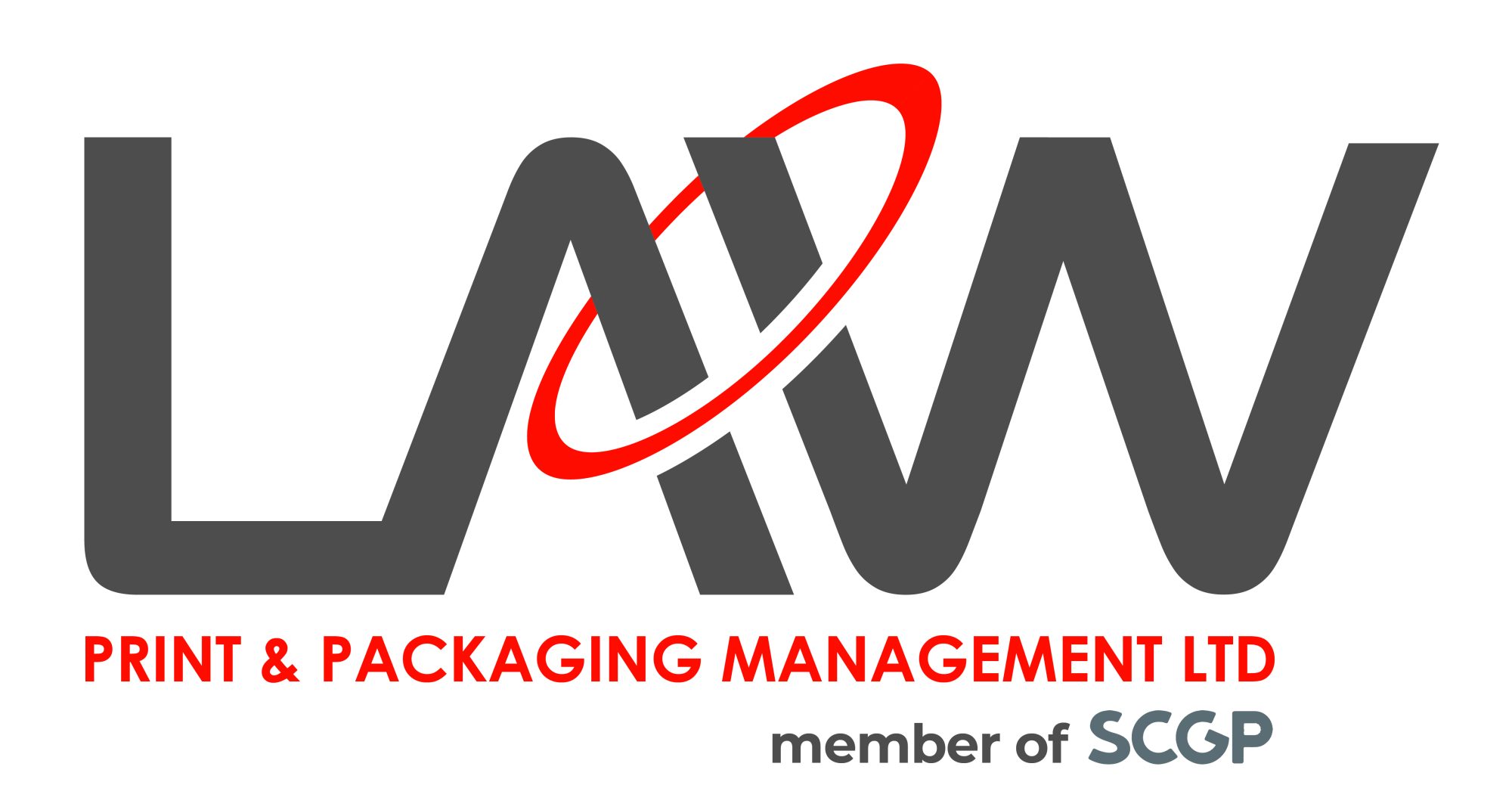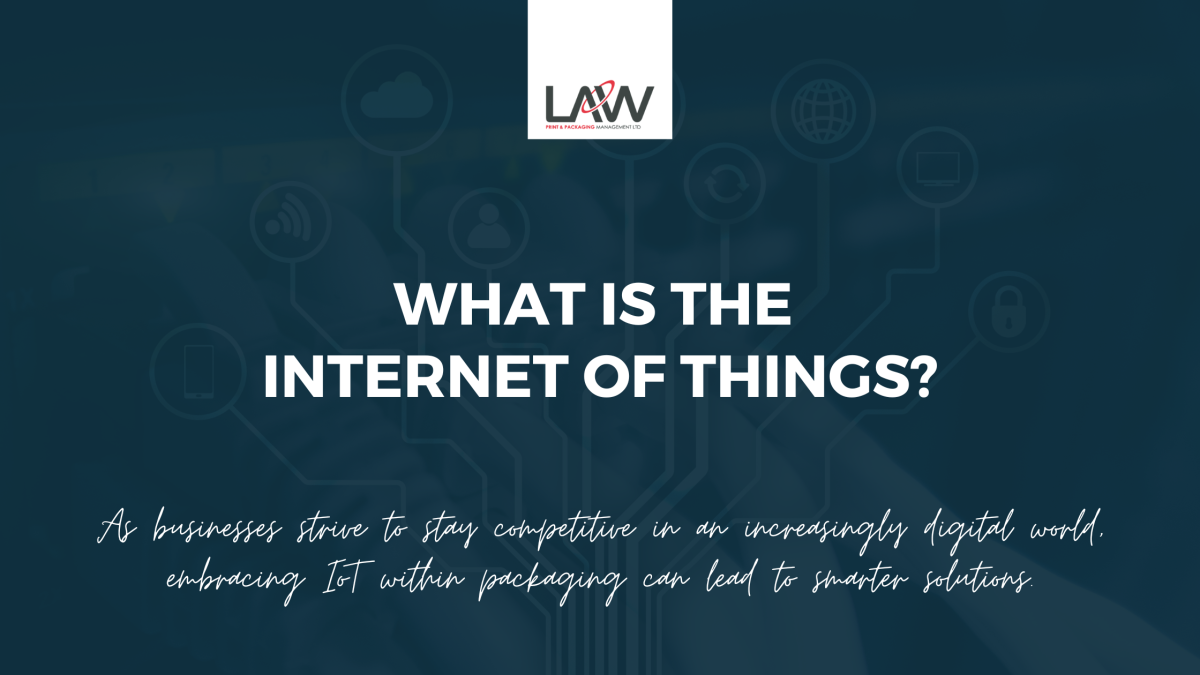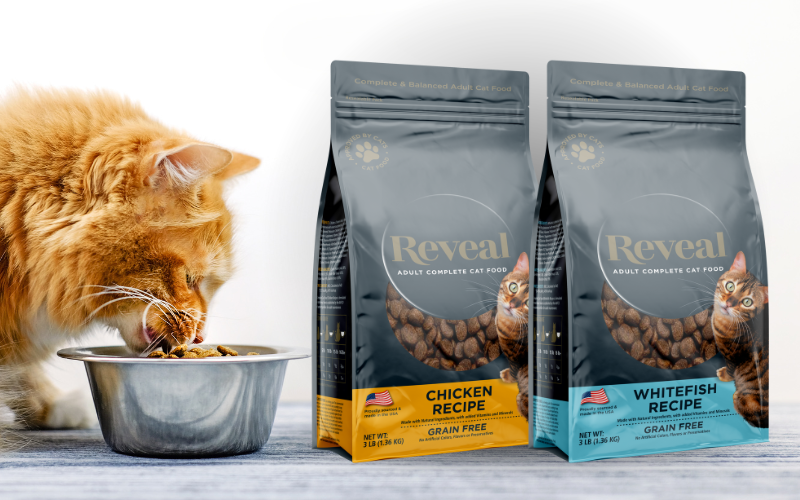The Internet of Things (IoT) is rapidly transforming industries, and the packaging sector is no exception. With interconnected devices, sensors, and advanced data analytics, IoT is changing how we approach packaging design, production, logistics, and sustainability.
As businesses strive to stay competitive in an increasingly digital world, embracing IoT within packaging can lead to smarter solutions, enhanced customer experiences, and significant sustainability benefits.
What is IoT?
At its core, the Internet of Things (IoT) refers to a device network that collects, exchanges and acts on data through embedded sensors and software. IoT creates a web of connected devices that communicate and interact in real time, from smart home appliances to industrial machinery.
For example, wearable fitness trackers monitor your activity and communicate data to your phone, while smart fridges track inventory and expiration dates. In a business context, IoT enables industries to monitor processes, automate tasks, and optimise decision-making through real-time data.
IoT in the Packaging Industry
Incorporating IoT into packaging brings tremendous opportunities for efficiency, traceability, and customer engagement. Here are some of the key ways IoT is making an impact on packaging:
Smart Packaging
Packaging equipped with IoT-enabled sensors and RFID tags can provide real-time information about the product’s condition, location, and environment. For example, in food packaging, sensors can track temperature and humidity to ensure that products are stored in optimal conditions. If a temperature-sensitive product, such as dairy or pharmaceuticals, is exposed to unsuitable conditions, smart packaging can send an alert to the manufacturer or distributor to take corrective actions. This ensures product safety and reduces waste.
Enhanced Traceability
IoT helps enhance traceability across the supply chain. By embedding RFID or NFC technology into packaging, companies can track products from production to delivery in real-time. This not only improves operational efficiency but also provides transparency. This is important for customers who can trace the origin and journey of their product. For industries like food and pharmaceuticals, where recalls can be costly and dangerous, IoT-enabled packaging can quickly identify where problems occur in the supply chain.
Sustainability and Waste Reduction
IoT plays a vital role in driving sustainability in packaging. Connected packaging can monitor usage patterns, predict demand, and reduce overproduction and excess inventory, which leads to less waste. Smart packaging can also alert consumers when products are nearing expiration, helping reduce food waste. Real-time data on product conditions during transport also minimises the chances of damage, saving both resources and costs.
For example, in the flexible packaging industry, IoT can help optimise materials. This is done by tracking the environmental impact and supply chain conditions of each package. This information allows companies to make adjustments that reduce material usage while maintaining product integrity.
Customer Engagement and Personalisation
IoT allows brands to create more engaging and interactive experiences for consumers through connected packaging. You can integrate QR codes, NFC tags, or even augmented reality (AR) features into packaging. This allows customers to interact with their products digitally. Consumers can scan the packaging to access product information, personalised recommendations, or sustainability data, creating a more connected and informed experience.
For example, pet food companies can embed QR codes on packaging that direct consumers to personalised nutrition plans for their pets or educational content about ingredients. This level of engagement can foster brand loyalty and differentiate a company in a crowded market.
Predictive Maintenance in Packaging Machinery
IoT can also be applied to the packaging machinery itself. By embedding sensors in packaging equipment, companies can monitor machine performance in real-time, predict maintenance needs, and prevent unexpected downtime. This leads to more efficient production processes and reduces the environmental footprint by optimising energy usage and material consumption.
IoT and Sustainability in Packaging
Sustainability is becoming a central focus for businesses and consumers alike. IoT-enabled packaging offers solutions to reduce waste, improve efficiency, and create more sustainable packaging systems. Companies can gather data on how products are used and transported to make informed decisions that minimise their environmental impact.
IoT can enhance the sustainability journey by reducing over-packaging, optimising logistics, and offering transparency in the product lifecycle. This is true for businesses like those in pet food, sports nutrition, food and drink, and building supplies.
The Internet of Things is reshaping the packaging industry in profound ways. It’s offering new possibilities for smarter packaging solutions, enhanced sustainability, and improved customer engagement. As businesses move toward a future focused on efficiency and environmental responsibility, IoT stands as a key enabler in that transformation. Embracing IoT-driven packaging not only improves operational performance but also aligns with the growing demand for sustainable, connected, and transparent products.
Incorporating IoT into your packaging strategy can set your business apart and make a positive impact on both your bottom line and the planet.
If your brand wants to invest in quality packaging, we will guide you through the entire print process. In addition, we are providing recommendations along the way to improve efficiency, reduce costs and add untold value to the end product.
Contact us on +44 (0) 161 440 7302 or follow this link to complete our contact form – or, we’ll see you there!


